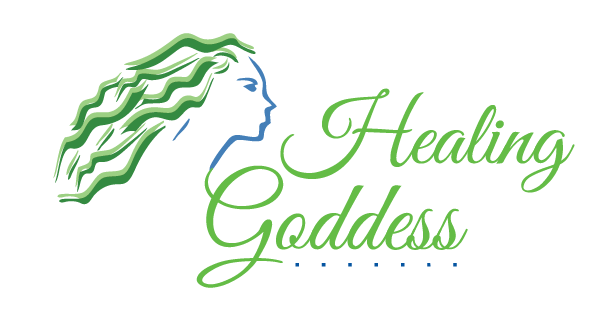Reiki: A Modern Healing Practice with Ancient Roots
Reiki is a Japanese form of energy healing that has gained increasing popularity worldwide, especially as a complementary therapy alongside conventional medical treatments. The word “Reiki” is derived from two Japanese words: “rei,” meaning universal or spiritual, and “ki,” meaning life force energy. Together, they refer to “spiritually guided life force energy,” a concept central to the practice.
Origins and Development
Reiki was developed in the early 20th century by Mikao Usui, a Japanese scholar and spiritual seeker. According to tradition, Dr. Usui discovered the healing technique after a period of meditation and fasting on Mount Kurama in Japan. The practice was later brought to the West by one of Usui’s students, Hawayo Takata, who introduced it to Hawaii and subsequently to the United States. Today, Reiki is practiced globally, with millions of people experiencing its healing benefits.
Principles and Practice
Reiki is based on the belief that an unseen life force energy flows through all living beings. Everything is ENERGY! When this energy is low or blocked, individuals may experience illness, stress, or emotional imbalance. Reiki practitioners act as channels for universal life force energy, using gentle hand placements either on or just above the recipient’s body to encourage the free flow of this energy, thereby supporting the body’s natural ability to heal itself. Reiki energy healing sessions are typically around 60 minutes and are conducted in a calm, peaceful, and supportive environment.
Reiki is not a religion and does not require any specific religious belief system to be effective. However, it is very spiritual, so I find it works best when we believe that spirit is available to us for healing. Reiki is accessible to people of all backgrounds and faiths and can be easily integrated with other healing modalities such as massage, counseling, or meditation. The practice is taught in three main levels: first-degree practitioners can perform hands-on healing, second-degree practitioners can send Reiki energy at a distance, and third-degree or master-level practitioners can teach and initiate others into Reiki. The third level of Reiki encompasses a lot of information, so I break Reiki level three into parts A & B.
Reported Benefits
Advocates of Reiki claim a wide range of benefits, including deep relaxation, reduced stress and anxiety, improved sleep, pain relief, enhanced mood, and support for emotional healing. Many hospitals and clinics in the United States offer Reiki as a complementary therapy to help patients manage pain, anxiety, and the side effects of medical treatments. I have worked with the patients at a local cancer treatment center for over twenty-five years, sharing and teaching energy healing. Most people who receive Reiki from me report extremely positive experiences, often citing feelings of peace, security, well-being & relief from pain. Many also report having spiritually uplifting experiences, like experiencing more grace, acceptance, forgiveness, and self-love following their sessions.
In Conclusion
Reiki is a gentle, non-invasive healing practice that seeks to restore balance and promote well-being by channeling universal life force energy. Rooted in Japanese tradition, it has become a widely accepted complementary therapy in both Eastern and Western cultures. Whether approached as a spiritual practice, a form of relaxation, or a tool for self-improvement, Reiki continues to attract millions of practitioners and recipients who value its holistic approach to health and healing.
If you would like to receive a Reiki Energy Healing session, let's get you scheduled. If you're interested in learning Reiki, let's discuss getting you registered for my next class!
*All photographs used for the informational pages were personally taken by Stacy Theodossin. They may not be used elsewhere without written permission.

